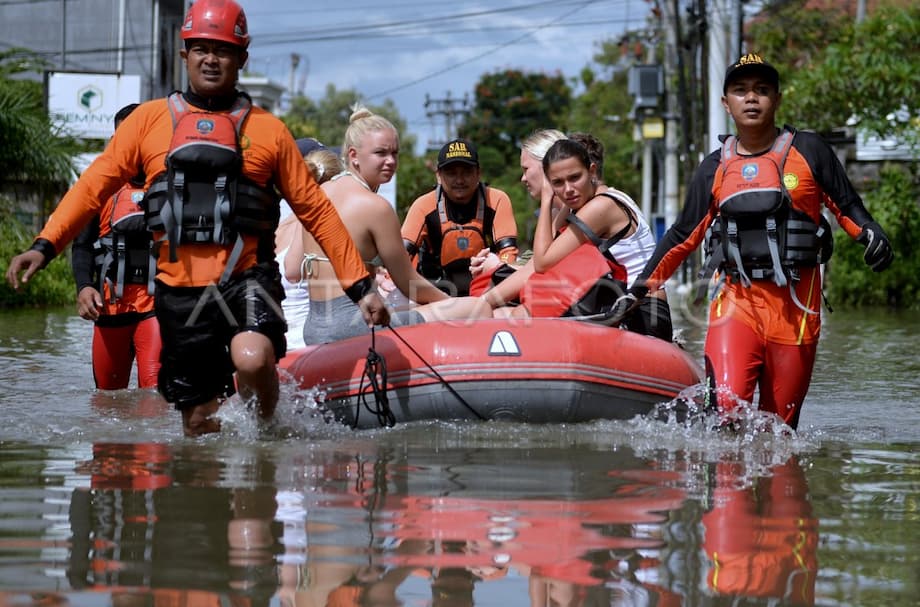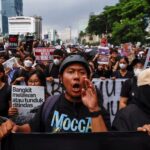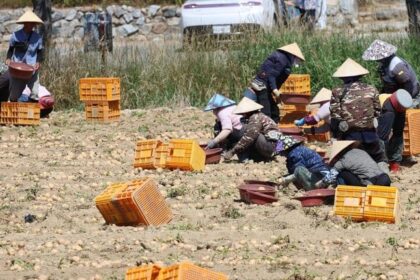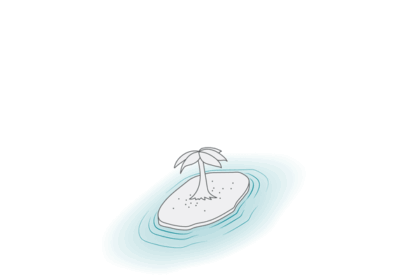A deluge that caught Bali off guard
At least nine people have been confirmed dead in Bali after torrents of rain sent rivers over their banks and turned streets into fast moving water, with search teams still combing debris for the missing. Indonesia’s National Disaster Mitigation Agency said Bali’s capital Denpasar, along with Jembrana, Gianyar, Badung, Klungkung and Tabanan, recorded widespread flooding and landslides. Separate flooding and slides in neighboring East Nusa Tenggara added to the national toll, bringing confirmed deaths across the two provinces to at least fifteen while authorities continued to search for others. Local officials described the event as the island’s worst flooding in a decade, a crisis that arrived in the middle of a busy travel period.
Rain built up late Tuesday and persisted into Wednesday, overwhelming drainage and inundating neighborhoods from coastal tourist strips to inland towns. The Bali climatology station measured 385.5 millimeters of rain overnight in Jembrana, more than double the threshold often used for extreme daily rainfall, while a Denpasar station reported 188.4 millimeters. Videos verified by local agencies showed vehicles carried away in brown water and a shop building collapsing in South Denpasar when its ground floor was scoured by the flow. The island government declared a week long emergency and urged residents to prioritize safety as crews worked to restore power, clear roads and account for missing people. Rains then eased as water slowly began to recede.
Where the waters hit hardest
Denpasar saw some of the most destructive scenes. Rescuers said a woman was found near Badung market after being swept away, and four people died when a building near the Kumbasari market area gave way to the torrent. The Simpang Dewa Ruci Underpass, a key junction for traffic to the airport and Kuta, filled to a depth of around 3 meters, submerging vehicles that had to be abandoned. In Badung, Gianyar and parts of Ubud, streets resembled rivers moving at speed, while in Jembrana in the island’s southwest, two people died, with electrocution cited among the causes.
Local disaster officials said at least six districts and cities were affected. The agency logged more than one hundred neighborhoods inundated, with landslides recorded in mountainous parts of Karangasem, Gianyar and Badung. Hundreds of people moved to temporary shelters in halls, temples and mosques as water rose into homes. The National Search and Rescue Agency reported that movement of teams was hampered by flooded roads and the sheer number of locations requiring attention. Even as rain began to ease, runoff from the highlands continued to push water downstream toward coastal areas popular with visitors, including Canggu and Seminyak.
Who is responding and how
President Prabowo Subianto expressed condolences and ordered a rapid response. The head of the National Disaster Mitigation Agency, Suharyanto, flew to Bali to coordinate emergency operations. The Public Works and Housing Ministry deployed pumps, excavators and rapid response teams to drain water and clear debris from floodgates and reservoirs. Minister Dody Hanggodo said crews were working around the clock with the Bali Penida River Basin Office, the army and police to reopen key arteries, including Sunset Road, Legian Street, the Ngurah Rai Bypass and sections of Canggu and Kerobokan. The ministry reported that water levels at the Muara Reservoir had started to fall, a sign that the situation was coming under control in some zones.
Cabinet Secretary Teddy Indra Wijaya explained the president’s directive, saying agencies were told to act without delay in both Bali and East Nusa Tenggara.












